No Results Found
The page you requested could not be found. Try refining your search, or use the navigation above to locate the post.
The page you requested could not be found. Try refining your search, or use the navigation above to locate the post.
Features information that is relevant to travellers who are thinking about and actively planning a visit to Mauritus.
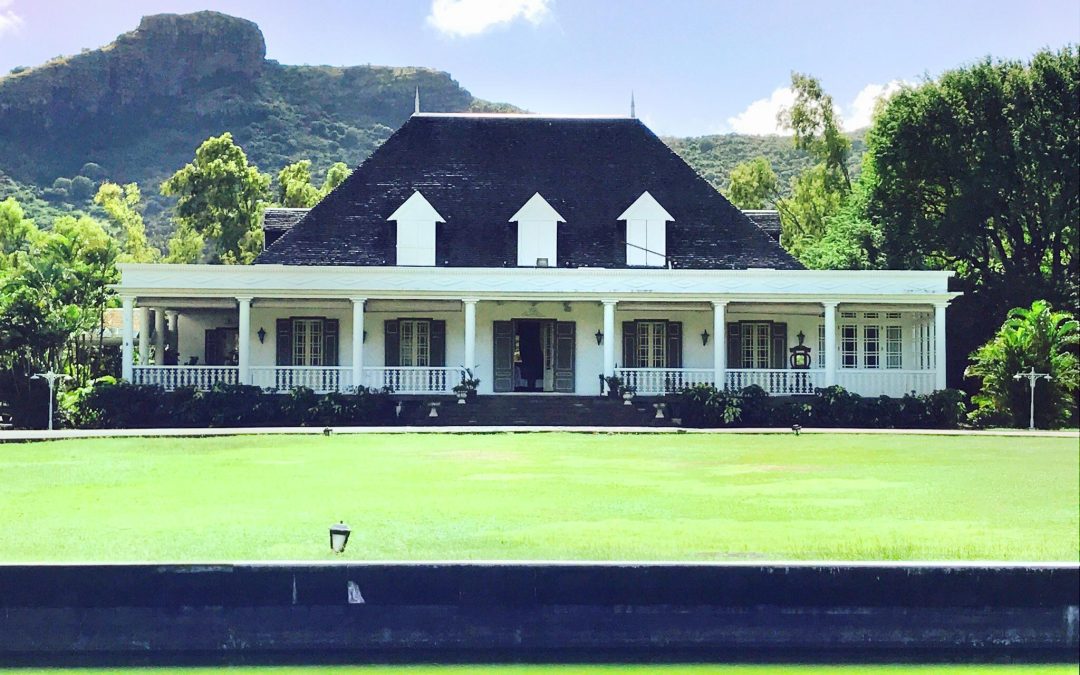
The Domaine Les Pailles is nestled in the heart of the valleys of the “Moka Range”. This is a place where you can experience the past history of Mauritius and also the cultural diversity and art. You can visit this place by train or a horse drawn carriage. The mini train, Lady Alice, has a capacity of 120 passengers and winds through the sugar cane plantations. The train ride takes about 15 minutes. The horse carriage takes a detour through the spice garden before setting off to discover the traditional architecture of the former Isle de France.
Among other things, Domaine les Pailles, boasts an old sugar mill dating from the 18th century, a traditional distillery, and even some old horse-drawn carriages. There are beach clubs with super cool bars, five fine restaurants and popular night clubs in Domaine les Pailles. Nightclubs are open mainly on Friday and Saturday nights with a few open on Wednesday nights as well for jam sessions. The restaurants offer authentic Indian, Mauritian, Chinese and Italian cuisine.

The resort hotels offer cool beach parties organised with international DJs spinning the decks, live music shows and spots for night lovers. These events are open to both the hotel residents and non-residents.
Le Grand Casino De Domaine Les Pailles has a VIP salon and several restaurants too. The minimum age required to enter the casinos is 18. Many casinos also offer complimentary alcohol too. There are 48 Jackpot slots, video machines with progressive games and many other live table games such as American Roulette, Blackjack, Oasis Stud Poker and a lot more.
The Domaine Les Pailles is nestled in the heart of the valleys of the “Moka Range”. This is a place where you can experience the past history of Mauritius and also the cultural diversity and art. You can visit this place by train or a horse drawn carriage. The mini train, Lady Alice, has a capacity of 120 passengers and winds through the sugar cane plantations. The train ride takes about 15 minutes. The horse carriage takes a detour through the spice garden before setting off to discover the traditional architecture of the former Isle de France.
Among other things, Domaine les Pailles, boasts an old sugar mill dating from the 18th century, a traditional distillery, and even some old horse-drawn carriages. There are beach clubs with super cool bars, five fine restaurants and popular night clubs in Domaine les Pailles. Nightclubs are open mainly on Friday and Saturday nights with a few open on Wednesday nights as well for jam sessions. The restaurants offer authentic Indian, Mauritian, Chinese and Italian cuisine.
The resort hotels offer cool beach parties organised with international DJs spinning the decks, live music shows and spots for night lovers. These events are open to both the hotel residents and non-residents.
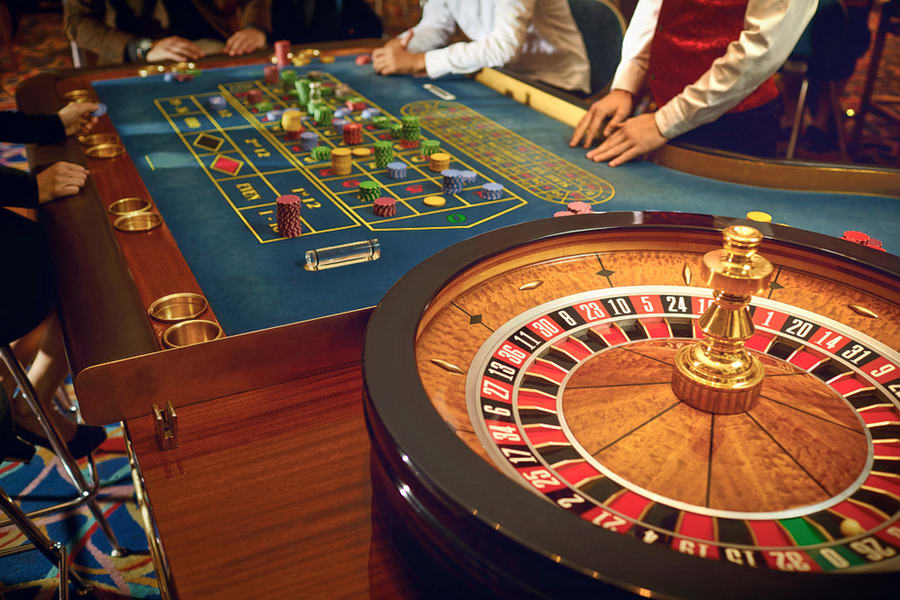
Chinese developer, Yihai, has taken over the stable and the club house. More than 25 horses, including five from the Mauritius Turf Club, are sheltered in the stable. The club house, located on the first floor of the stables, has also reopened since the Chinese group took over. Birthdays and theme parties are organized there. Equestrian centre provides lessons in dressage and show jumping, equestrian training and improvement. Children from 07 years old can take lessons or enjoy pony rides. Mountain rides with specialized horses are available, accompanied by qualified instructors.

The market is named after a famous village and also the largest district in Mauritius. This is the meeting point for inhabitants of East Mauritius. It is also the largest outdoor market in Mauritius. The market is open every day, but the best time to visit is during Wednesdays and Sundays when all the stalls are open and the place is swarming with people. You will see the cultural diversity of the nation with African, European, Indian and Chinese influences in this market.
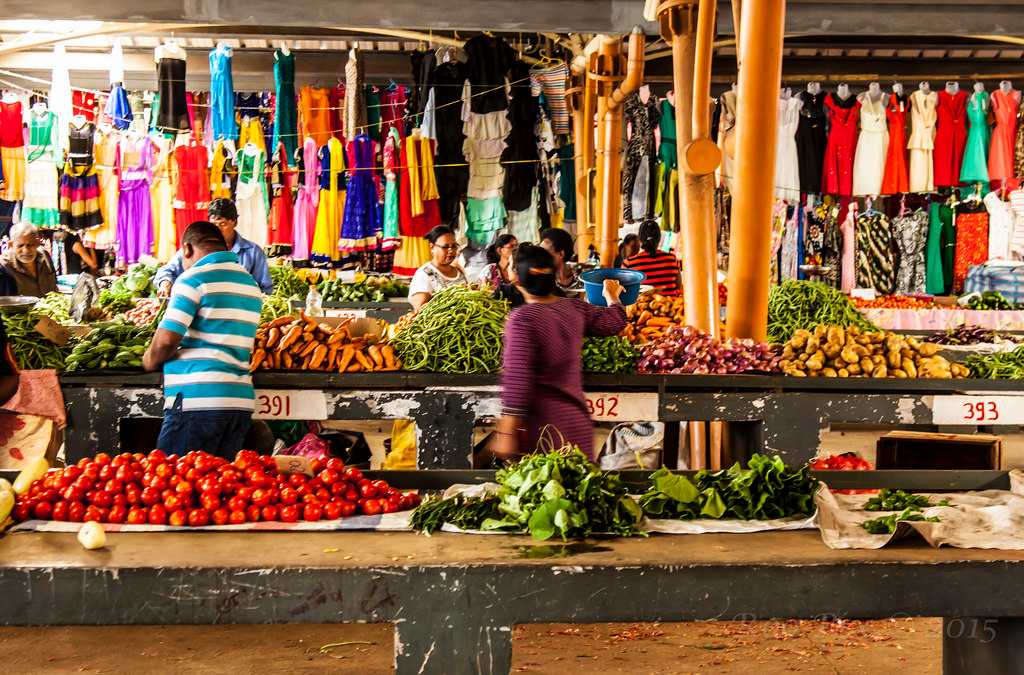
The word Flacq means flat in Dutch. The quality of the soil made Flacq an ideal choice for the Dutch to establish a garden and numerous important settlements including Trou d’Eau Douce which they named Cronenburg and in Grande Riviere Sud-Est.
The market is a one-stop shopping destination for many items such as locally produced vegetables and fruits, seafood, vanilla and herbal tea and also textile products. You can also buy souvenirs for yourself to take back home.
In the textile section where you will find fabrics of all colours and patterns as well as ready made garments. Colourful sarees, sparkling lehengas or comfy sweatpants are all available within meters of each other. There are a couple of stalls with several African themed tops and dresses hanging from the roof of the stalls.

From street food vendors you can get fried snacks such as samosa, Taro Root fritters, and bhajiyas. Fresh coconut water is a popular drink in the market.
You may also hear snippets of the Bhojpuri language (of Indian origin) spoken across the market. In your visit to the market you will learn a lot about the culture of East Mauritius.

Quatre Bornes Market is in the busy town of Quatre Bornes. As the market is crowded with the locals you can experience the live Mauritian culture. The vegetable stalls will display items like watercress, lettuce, tomatoes, bananas and many other fruits and vegetables.
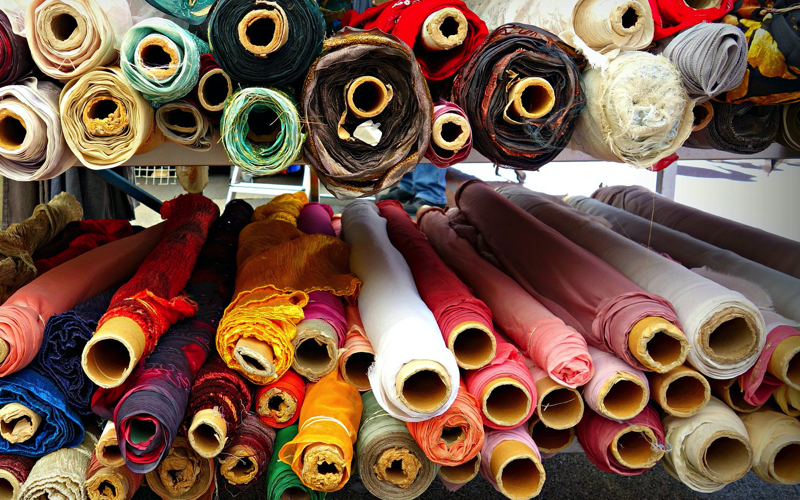
There will be stalls specialising in spices. You can stock up on some for your own kitchen. On Thursdays and Sundays, you will find the Haberdashery section of the market at its best. The textile market offers a wide variety of items such as underwear, sports wear or Indian dresses. You will also find fabric of various colours and materials on sale together with blankets, table cloths, shoes, bags and trinkets.
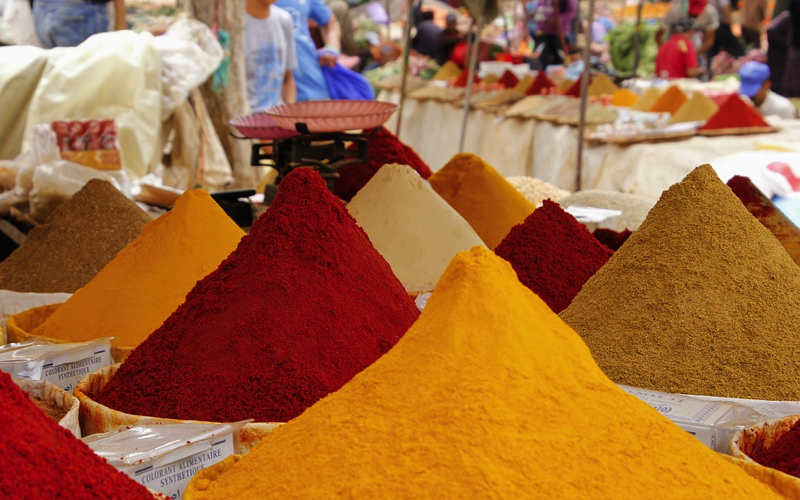
Locals love to bargain so it will be good fun for you to dabble in some bargaining.
From Monday to Saturday the Foodcourt is open and you have the delicious options to choose from snacks to meals. You can even watch the food being prepared.
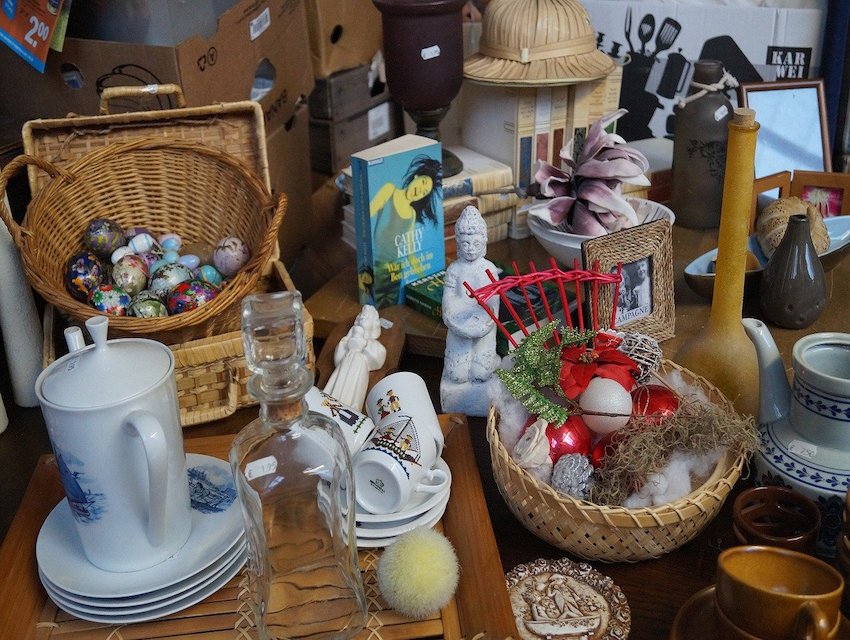
The Craft Market is located in Port Louis, the capital of Mauritius. The market is a two-storey building within the Caudan Waterfront complex. There are 36 stalls selling a wide variety of products ranging from exquisite woodwork to detailed baskets without forgetting beautiful glass souvenirs. There are also items made from seashells, boxes of ground spics, embroidered linen, handmade jewellery and the very famous African rag doll dressed with a typical sega outfit. You can pick any of these as a souvenir of your visit to Mauritius.
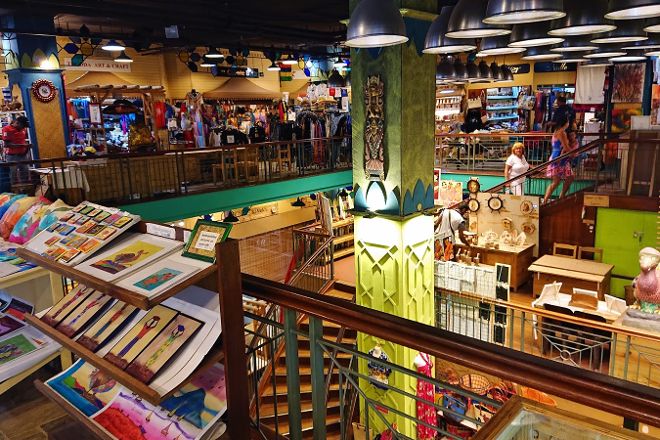
Many of the handicrafts are made by the stalls owners and their families. You will get the chance to meet the artists behind the paintings on sale or even witness your name being engraved on a wooden key chain.
The location of The Craft Market is definitely one of the best as well. Because of this you may find the goods sold a little pricey. You can bargain to get a little better price. While this is a convenient location, this is by no means the only place to get these items. There will be one or two handicraft shops in the normal markets also. These shops may not have a wide variety of the items.
You can also grab a quick lunch at the food court of Caudan Waterfront.
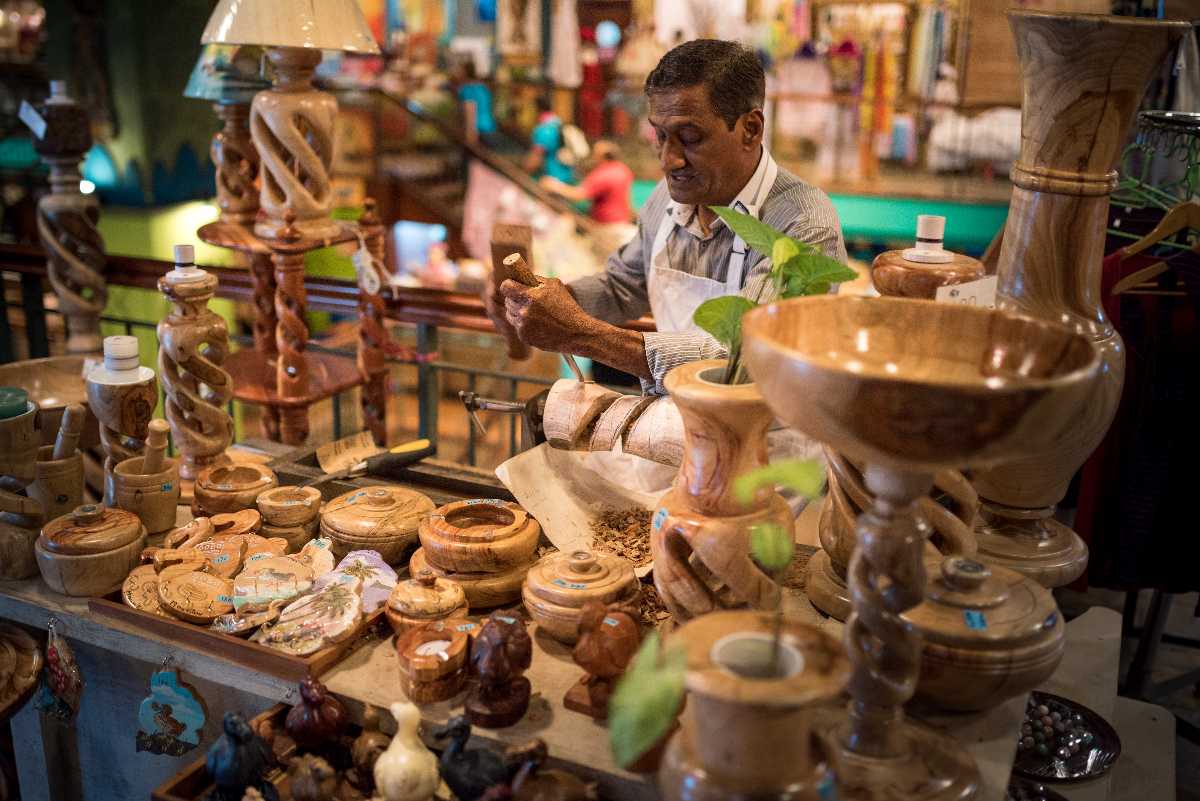
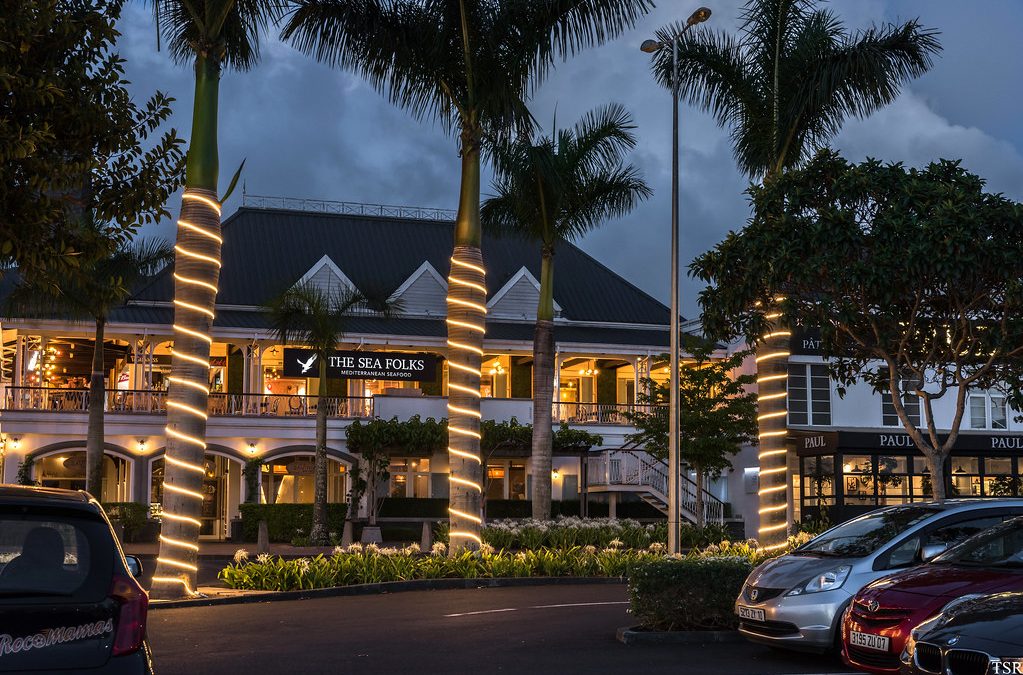
Moka in Mauritius is a shoppers paradise. You will be amazed by the number of shops selling high end branded goods to shops selling traditional outfits and products of the different cultures on the island. The colours, beauty and diversity of the products will mesmorise you.
You will get different shopping experiences from shopping in large modern shopping malls to duty-free shops and traditional and craft shops where you may find many items at bargain prices. More uniquely there are also some regions where you still have hawkers selling different items including artisanal products on the streets or on the beach at bargain prices. You will also find great souvenirs to bring back to your home from your vacations.
Most shopping malls offer clothes, jewellery, shoes, and leisure activities like bars, restaurants, and cinemas. In the traditional market you will get a variety of bright and colourful clothing, a variety of scents, tropical fruits and locally made handicraft products.
Here are some of the retail outlets.
Bagatelle Mall by Ascencia
Bagatelle Mall is the leading shopping and retail destination in Mauritius. There are 155 shops in the mall offering a variety of consumer goods. The spacious Food Court gives shoppers plenty of mouthwatering options.
INTERMART Bagatelle is a one-stop supermarket for all your daily needs, including groceries, detergents, vegetables, and so much more. It is located at Bagatelle,Moka,Mauritius.
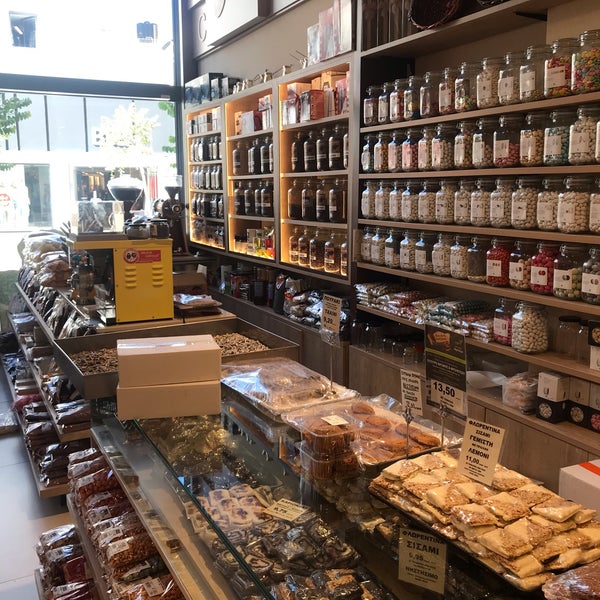
Madison’s Group, Incorporated in 1994, is the leader in the business of luxury lifestyle, high-end branded watches, jewelry and fashion accessories. With its head offices in Port Louis, Mauritius, its activity is based on a network of retail businesses strategically developed over the whole of Mauritius Island and in different segments of the market, as well as a Regional Distribution of branded consumer goods.
Restaurants
Escale Créole, Mo Ti Bazz, Pit-za Pitstop and Baz’Art Mokaban are some of the restaurants that specialise in local flavours.
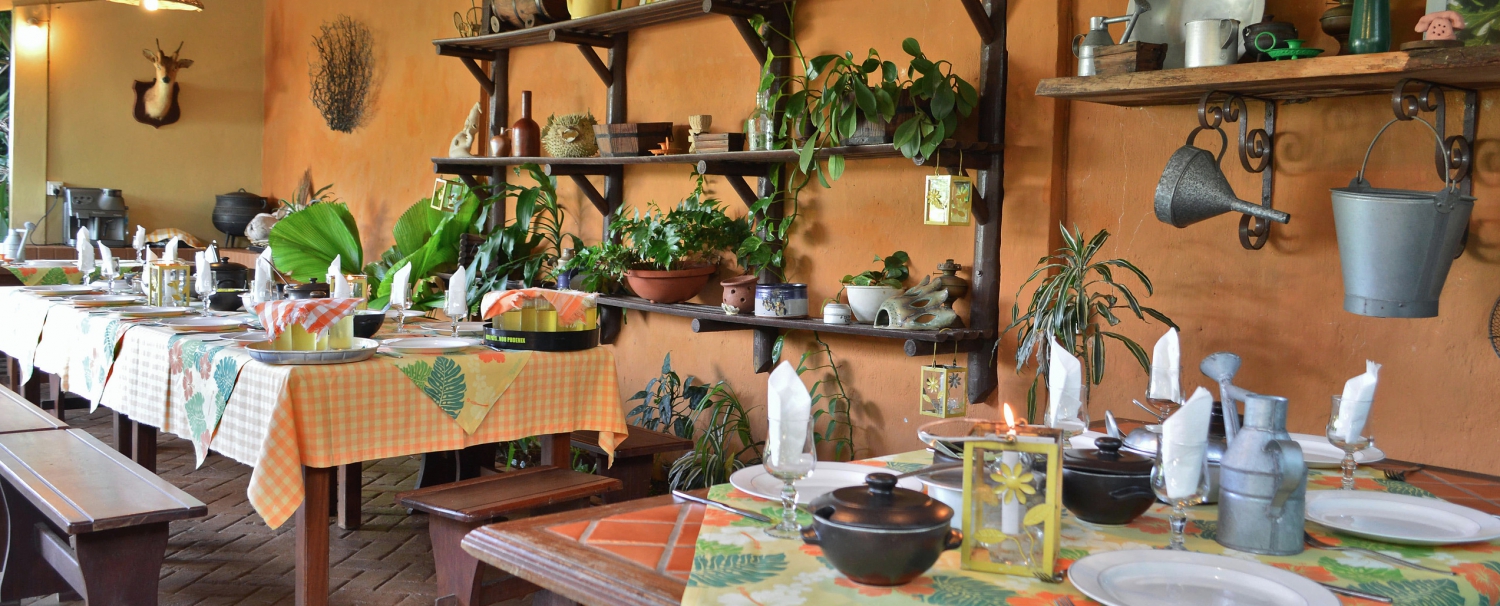
Popular food franchises in the region include KFC, McDonald’s, Ocean Basket, Subway and Debonairs Pizza.
Le Coin Barbu, L’Ardoise, Meltin’Potes, Moka’z, Greedy Dragon and La Trattoria are some of the restaurants that serve delicious food.
Flying Dodo and Muzika are afterwork bars that give a relaxed chill-out atmosphere.
Catch up with your friends and colleagues at Moka’z, Vida e Caffè, Café LUX*, L’Arabica or Paul for a coffee and a chat.
Tasty, popular street food can be found in Ti Chevrette, Snack Mangouste, Mokaban, Algoo Snack and Eshan Snack, among others.
Delicious sweets are available from places like Mamamia, Angel Berry, The Belgian Waffles Shop and Gelatissimo.
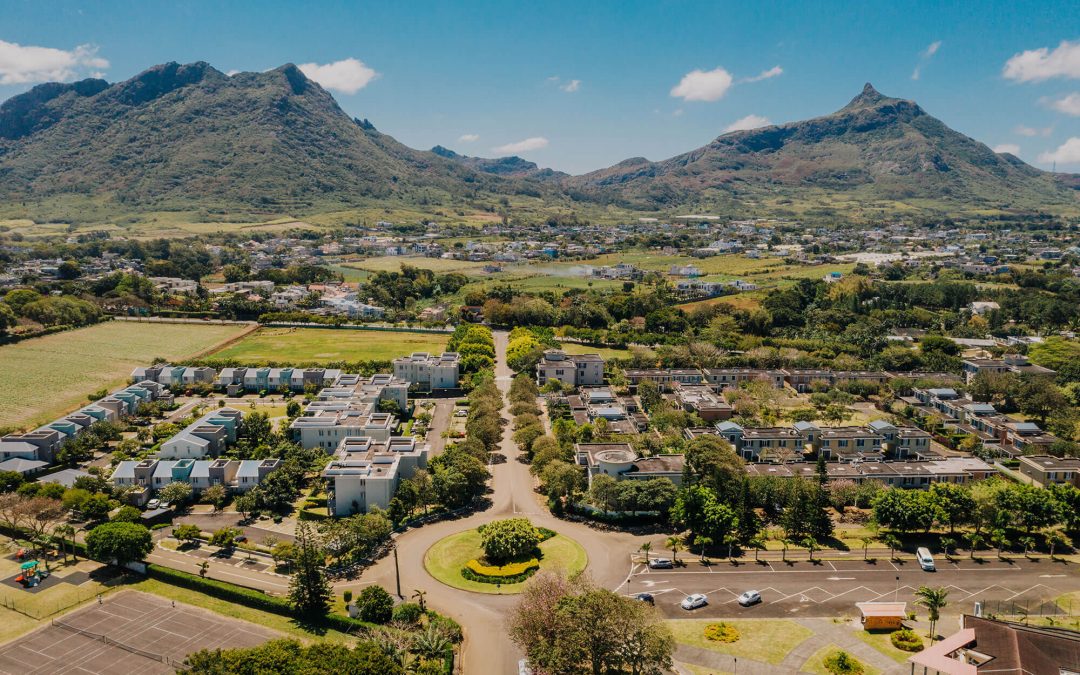
Moka is a village in Mauritius located in the Moka District, the western part of the village also lies in the Plaines Wilhems District. Réduit is a suburb of the village where the State House and University of Mauritius is situated. The village is also home to the Mauritius Broadcasting Corporation and the Mahatma Gandhi Institute.
The Mahatma Gandhi Institute is an educational institution focused of secondary, tertiary and pre-vocational education. It also promotes and facilitates research and preservation of cultural heritage and arts.
The State House is the official residence of the President of Mauritius. Originally it was built as a defence fortress and was called Le Réduit. It used to serve as the residence for former governors of Mauritius, but now it is the residence of the President. It is built on 240 acres of land. The château is open to the public two days a year, in October and March.
The house has persisted through history; it was destroyed by a cyclone, rebuilt, and has been renovated since.
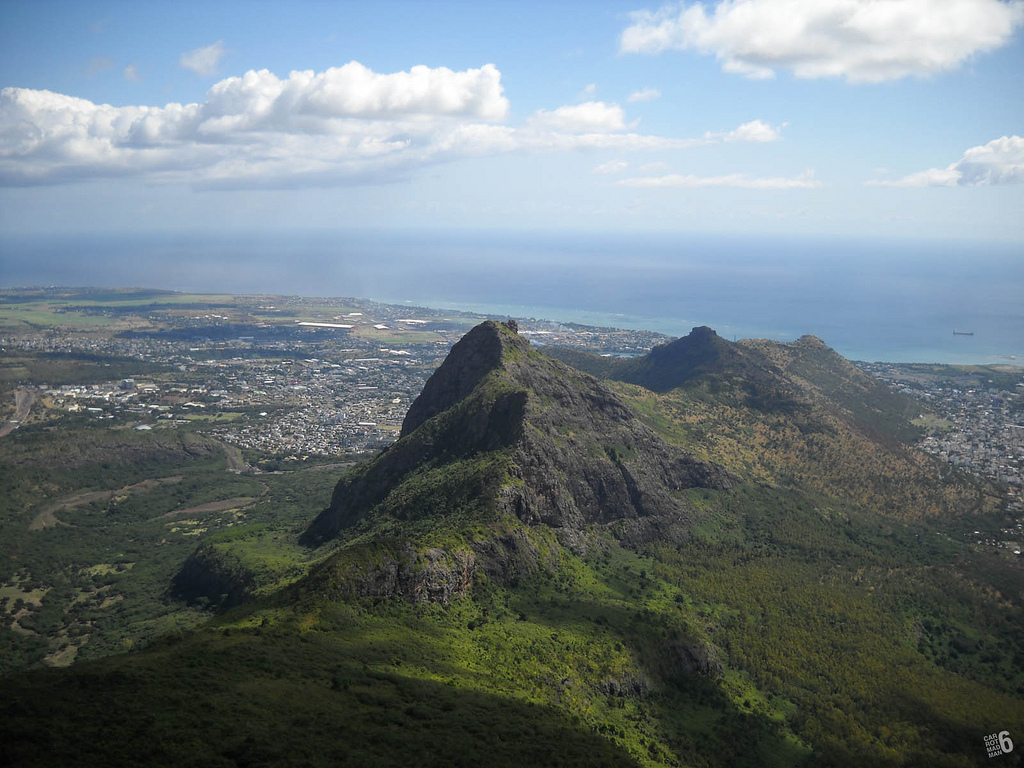
Schools in Moka include Le Bocage International School, Mahatma Gandhi Institute, Mahatma Gandhi Secondary School, St. Mary Roman Catholic School, and Ecole du Centre. There are two universities. The University of Mauritius is the national university of Mauritius. It is the oldest and largest university in the country in terms of student enrollment and curriculum offered. Charles Telfair Institute is an international university campus of Curtin University (Perth, Western Australia). It offers certificate, diploma, undergraduate and postgraduate degree programmes.
Mauritius has an intrinsically limited surface area and one of the highest geographical densities in Africa. There was a need for a sustainable and healthy development to maximise the land use. This led to the birth in 2015 of the Smart City Scheme, designed by the Economic Development Board with the support of the Government of Mauritius. The objective was to develop well-thought-out and qualitative urban environments that use innovation and urban planning to maximise benefits for all users and residents. The need to reduce the amount of travel time and traffic congestion was recognised. The model so developed was called smart city. Smart cities need to provide “live, work & play” opportunities within close vicinity.
Moka took the smart city concept as the major guiding principle in its own development. That meant that they had to provide a living environment comprising offices, common green areas and sport facilities as well as dedicated areas for commercial, residential, educational or healthcare purposes. For example Les Allées d’Helvétia is a family-friendly village designed to offer a pleasant and convenient everyday life. The residential area sits next to a fully equipped sports centre, three schools (from kindergarten to secondary level), a shopping centre and a wellness area with 15 therapists. This cosmopolitan neighbourhood with a human soul thus offers a qualitative and comprehensive living.
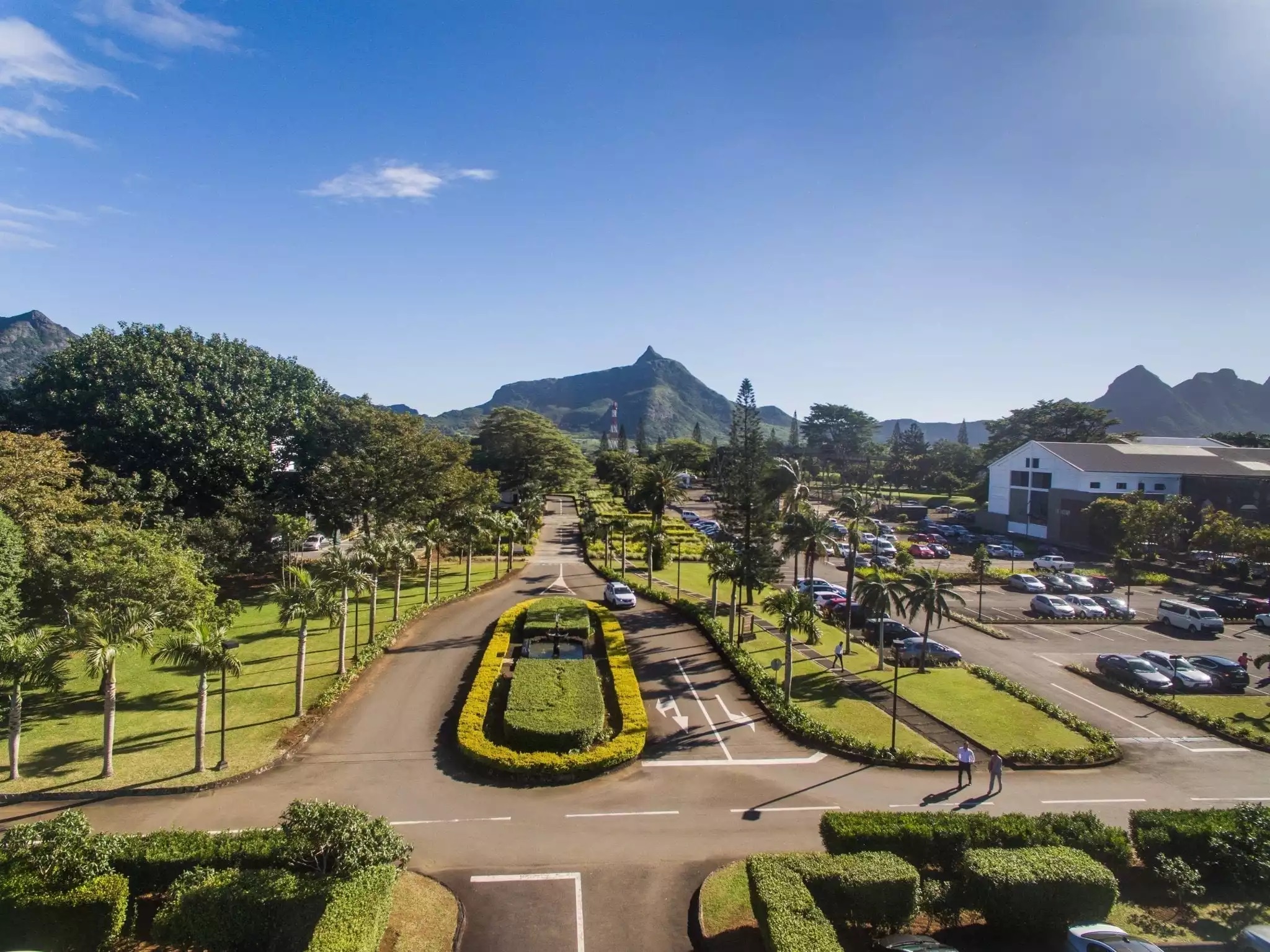
Moka encouraged their residents to leave their cars at home and use public transport or use La Promenade to walk or ride a bike to get to their workplace.
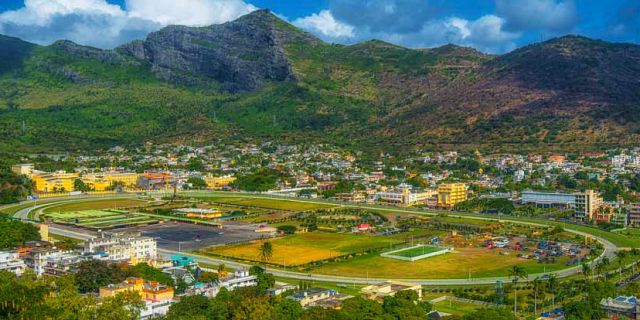
The Champ de Mars Racecourse is a thoroughbred horse race track in Port Louis, Mauritius. The Racecourse was inaugurated on 25 June 1812, by The Mauritius Turf Club (MTC). Turf Club is the second oldest horse-racing club in the world. The racing season is from late March to early December. The Champ de Mars attracts tens of thousands of people on each racing day.
Within the premises of the racecourse stands a statue of King Edward VII, and the Malartic Tomb, an obelisk to a French governor.
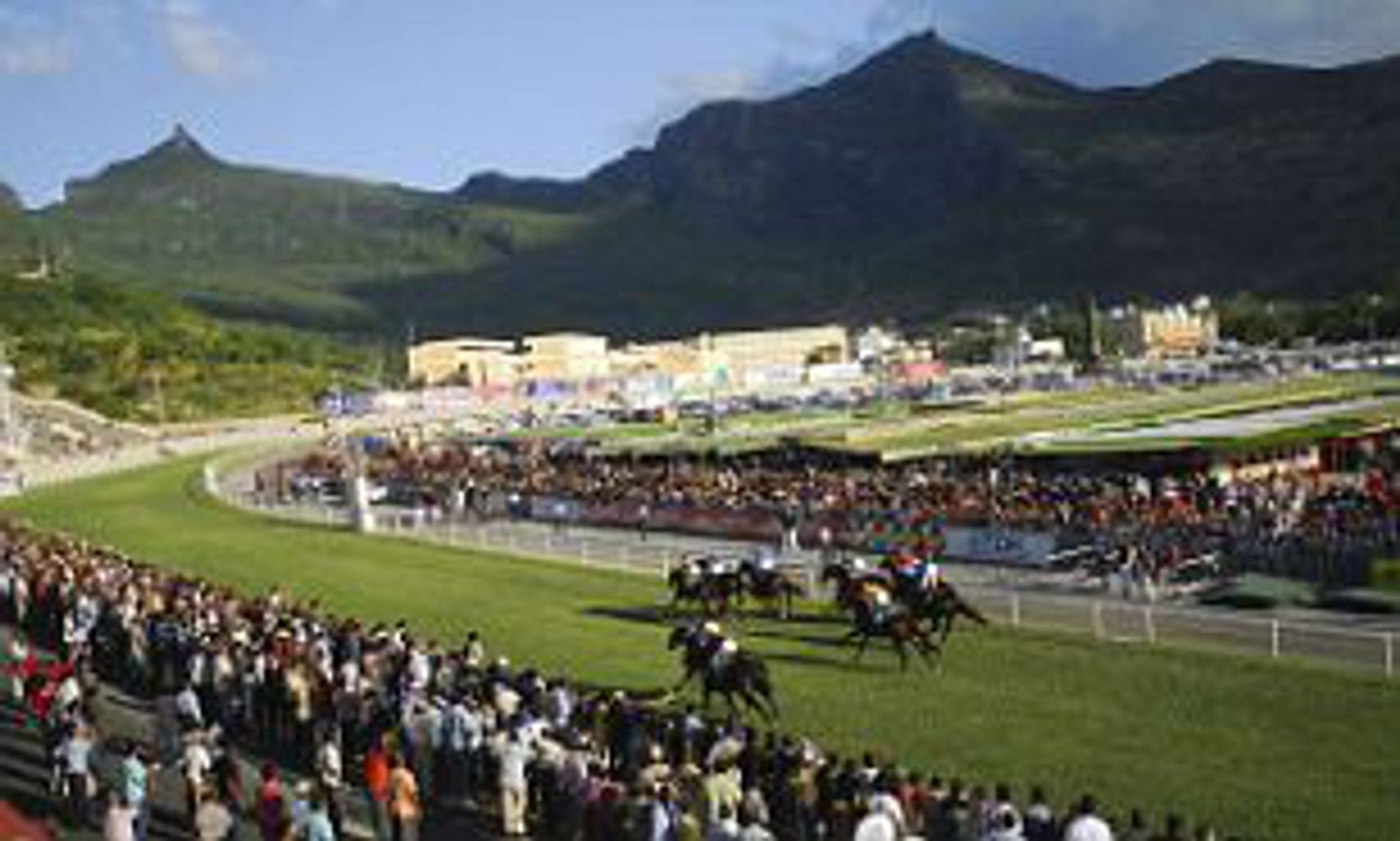
When Mauritius gained independence on 12 March 1968, the event including the flag hoisting ceremony was held here. Since then and for many years, the racecourse has seen the annual celebration of the accession to independence.
When he came to Mauritius, Colonel Edward Draper enthusiastically promoted horse racing at the Champ de Mars for some twenty years, racing his own thoroughbreds, often riding them in competition, to the point that he became known as the “Father” of the Mauritius Turf Club.

Mauritius’ big horse races include the Duchess of York Cup, Barbé Cup, Maiden Cup, and the Duke of York Cup. The horses and jockeys come mostly from South Africa and Australia. The races are held on weekends.
Notable royal visits include those of Queen Elizabeth II; Princess Margaret, Countess of Snowdon; and Prince William, Duke of Cambridge.